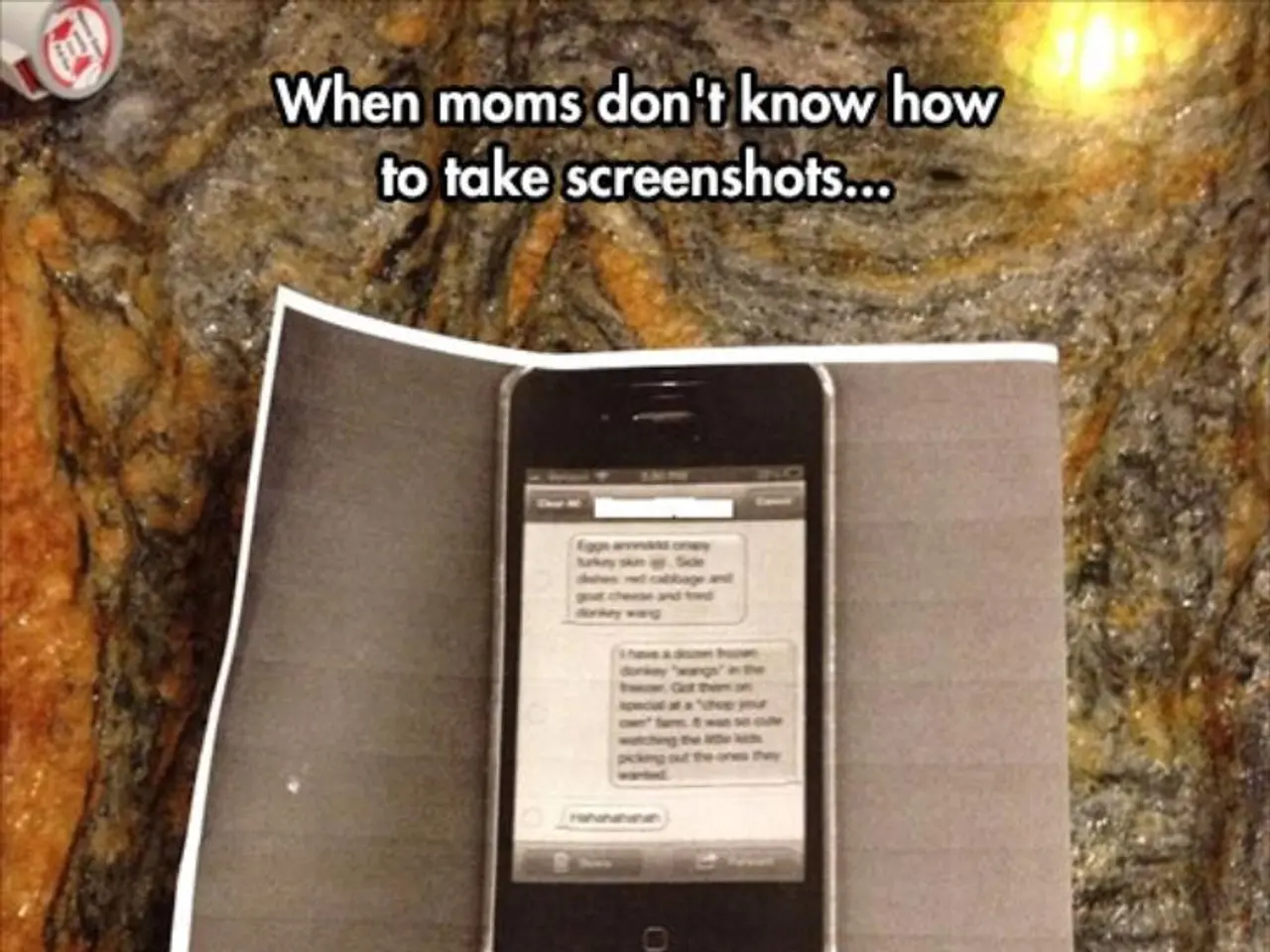LLM practices universally employ tokenization. Is our approach to it flawed fundamentally?
=========================================================
In the world of artificial intelligence, researchers are constantly seeking ways to improve language models. A new approach, known as T-FREE, is challenging the traditional tokenization methods that have been the backbone of these models.
The T-FREE approach, proposed by its creators, argues that the reliance on traditional tokenizers may be limiting language model performance. Instead, T-FREE maps words directly into sparse patterns within language models, eliminating the need for tokenization.
The Benefits of T-FREE
One of the primary advantages of T-FREE is its robustness to textual perturbations. Models like H-Net, which employ the T-FREE method, have shown to outperform token-based Transformers on noisy benchmark tests, such as HellaSwag. This robustness is due to the absence of fixed token boundaries, which can break under misspellings or typos.
Another benefit is interpretability. Without explicit tokenization, T-FREE models learn to dynamically chunk text into semantically coherent units automatically. This suggests a more linguistically informed internal representation emerges from end-to-end learning.
T-FREE also demonstrates improved performance in languages without clear word segmentation cues, like Chinese, and in specialized domains such as DNA sequence modeling. This is crucial for languages and data types where tokenization is challenging.
T-FREE also bypasses the trade-offs that traditional tokenizers often face. These trade-offs involve balancing compression rate against linguistic meaningfulness. T-FREE avoids this by directly mapping words into patterns, bypassing the need for such balancing.
Lastly, T-FREE offers scalability and efficiency via sparse and patch-based representations. Related approaches, such as the Byte Latent Transformer, have shown that increasing patch size while maintaining compute budgets can improve performance and reduce inference costs compared to fixed-vocabulary tokenizers.
Potential Applications of T-FREE
T-FREE has several potential applications. For instance, it could be used for multilingual NLP in morphologically complex languages, where tokenizers can struggle to balance purity and vocabulary size. It could also handle noisy or unstructured text, making it suitable for real-world scenarios like social media text, OCR outputs, and low-quality transcriptions.
T-FREE could also be used in general-purpose language models without predefined vocabularies, easing deployment across many languages and domains without handcrafted tokenizers. It could also be beneficial in specialized sequence modeling fields such as genomics or code modeling.
Lastly, T-FREE's patch-based sparse mapping approaches have the potential to reduce inference FLOPs while maintaining or improving accuracy, enabling faster and cheaper scaling of large language models.
A New Era for Language Models
The T-FREE approach offers a significant conceptual shift from token-based discrete vocabularies to direct pattern-based input representations. It improves linguistic integrity, model robustness, interpretability, and cross-linguistic generality, facilitating more universal language models applicable to a broad range of languages, noisy input scenarios, and specialized sequence domains compared to traditional tokenizers.
This shift is not only a step towards more efficient language models but also a step closer to how humans process unfamiliar words. While traditional tokenizers frantically try to break words into pieces they recognize, similar to early OCR systems trying to match predetermined patterns, T-FREE generates overlapping three-character sequences called trigrams for each word. These trigrams map to specific dimensions in the embedding space through a hashing function.
While T-FREE offers numerous benefits, it may struggle with very long compound words or highly specialized technical vocabularies. However, the potential advantages of this approach far outweigh these potential challenges.
In conclusion, the T-FREE approach marks a significant breakthrough in the field of language modeling. By questioning the traditional approach to tokenization, researchers have opened up a new avenue for more efficient, robust, and universally applicable language models. This shift could lead to a new era in natural language processing.
The author invites readers to share their thoughts on this paper in the comments or on Discord. The researchers also suggest combining T-FREE with traditional tokenizers, extending it to handle specialized notation, and exploring applications beyond text.
Technology and artificial-intelligence intersect in the T-FREE approach, a novel method that challenges traditional tokenization in language models. T-FREE, by mapping words directly into sparse patterns, demonstrates benefits such as robustness to textual perturbations, improved interpretability, and enhanced performance across various languages and specialized domains. This could revolutionize general-purpose language models, multilingual NLP in complex languages, and specialized sequence modeling fields like genomics or code modeling, potentially leading to faster and cheaper scaling of large language models.




